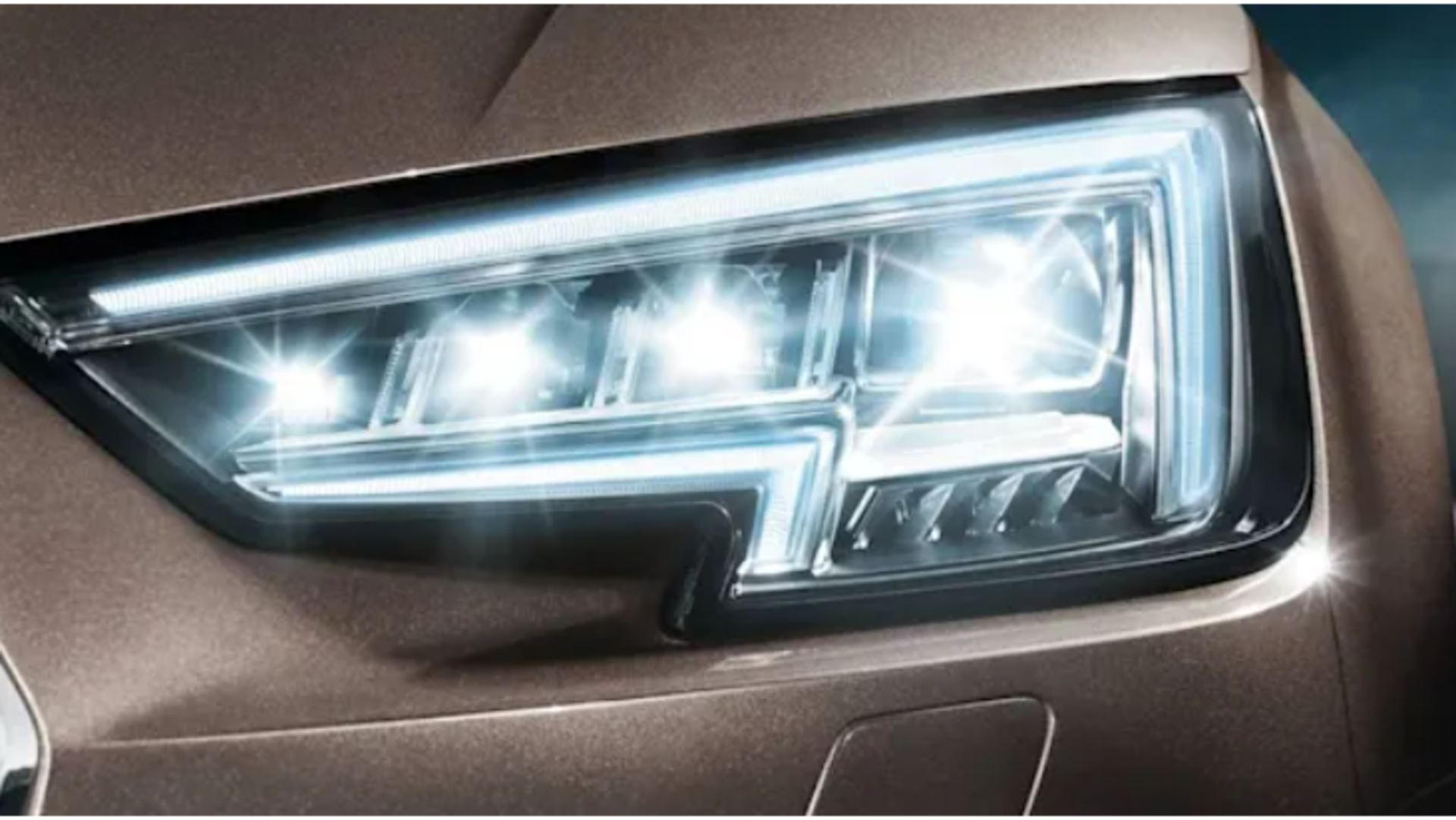
Planning to upgrade to LED headlights: Is it advisable
What's the story
With almost all automakers shifting their focus to LED headlights, many OEMs and parts manufacturers have started flooding the Indian market with replacement/aftermarket LED units. Some replacement bulbs are available for as low as Rs. 1,000 at online and offline stores on our shores. However, is it right to retrofit an LED unit into an existing halogen reflector setup? Let's find out.
Context
Why does this story matter?
To counter the seemingly poor performance of the traditional halogen bulb, many people are opting for aftermarket HID (High-Intensity Discharge) or LED (Light-Emitting Diode) units. However, this move leads to multiple problems such as a bright glare for the oncoming traffic as well as driver fatigue caused by long-time exposure to white-colored lights. Also, most people are unaware of the rules regarding headlamps.
Rule
Dazzling headlights are illegal, according to the CMV Rules
According to Section 138 of the Central Motor Vehicles Rules or CMVR 1989, a vehicle cannot have halogen lamps greater than 70/75W in a 24V system or 60/65W in a 12V system. This is the reason why almost all automakers use 55/60W halogen bulbs in reflector-type headlamp units. This means that altering to a higher wattage unit is illegal in India.
Information
What is the purpose of a reflector in halogen headlights?
A multi-angle reflector plate is used in traditional headlight assemblies to focus the throw of the light beam in the front of the vehicle. It is necessary to use a reflector plate, as the light emitted from a halogen bulb is omnidirectional in nature.
About
How does an LED bulb work?
Unlike halogen or HID units that require heat to generate light, LEDs pack semiconductors that create light when an electric current is passed through them. This enables LEDs to run at a lower temperature, allowing them to maintain brightness for a longer duration. Also, the direction of an LED unit can be easily controlled as opposed to filament or gas-charged units.
Design
Headlamp assemblies are designed according to the type of bulb
Generally, automakers or parts manufacturers design the headlamp assembly according to the type of bulb specified for use. This is necessary to allow for the proper distribution of light in front of the vehicle. Halogen bulbs require reflectors with a much narrower and sharper angle for uniform illumination, while LED units require mirrors to scatter the light in a slightly wider beam.
Reason
Reason to avoid using LED in place of halogen bulb
With the differences in reflector assembly, it is not advisable to replace the existing halogen bulb with an LED unit. LED bulbs produce a more focused beam, when compared to halogen or HID units. With the sharper angles used in a traditional halogen-based assembly, an LED bulb will create a high-power beam, that will dazzle the oncoming traffic. This could lead to fatal accidents.